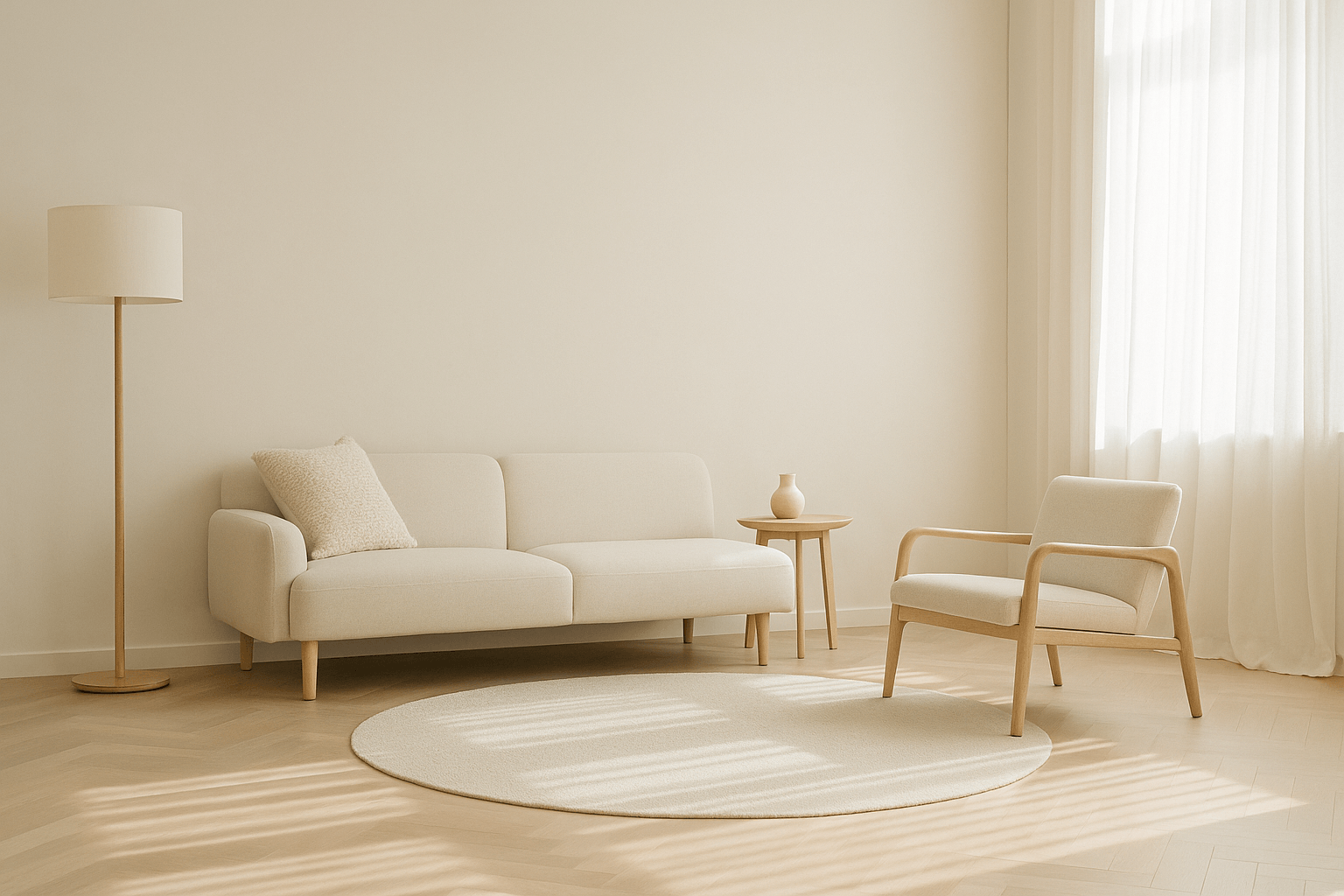Why We Feel the Need to Fill Every Wall
There’s often a quiet pressure to fill our walls—to hang art, mirrors, shelves, or something that “finishes” a room. But in minimalist design, emptiness is not lack—it’s intention.
An untouched wall invites calm. It becomes a pause in the visual rhythm of a space. It allows what is in the room to stand out more clearly.
Empty walls offer stillness. And stillness is something we’re all quietly seeking.
The Cultural Urge to Fill
In traditional design, bare walls are often seen as unfinished or boring. But minimalism asks us to rethink:
-
Does this wall need something?
-
Or is it already doing something powerful by being empty?
This subtle mindset shift changes how we see space. Instead of viewing blankness as a problem, we begin to see it as a form of design in itself.
The Power of an Empty Wall
-
Creates contrast and balance
If one wall features art or shelving, leaving others blank makes those features stronger. -
Adds breathing room
Your eye—and your mind—need places to rest. A bare wall creates visual calm in a busy world. -
Supports mood over decoration
Not every surface needs a story. Sometimes, silence is the story. -
Invites light and shadow play
As sunlight moves, it casts gentle shadows across smooth, empty walls—creating quiet beauty throughout the day.
When to Leave a Wall Empty
1. When the Room Already Has a Focal Point
If your furniture, rug, or lighting already defines the space, wall decor may compete rather than complement.
2. In Small or Low-Light Spaces
Too many objects can shrink a room. Empty walls expand it, creating the illusion of openness and height.
3. In Corners or Transitional Areas
Instead of squeezing something in “just to fill,” allow the negative space to act as a visual release point.
Tips for Embracing the Blank Wall
-
Trust your eye: If the wall feels balanced with the rest of the room, it doesn’t need more.
-
Focus on what surrounds it: A beautiful piece of furniture or a soft rug beneath an empty wall can create harmony.
-
Let light be the decoration: Observe how natural light shifts on the surface throughout the day—it’s always changing.
-
Use texture, not objects: Limewash paint, raw plaster, or natural wood panels can add quiet depth without visual clutter.
Final Thoughts
In minimalist interiors, emptiness is not something to be corrected—it’s something to be respected. An untouched wall may say more than anything you could hang on it.
It asks nothing. It offers stillness. And sometimes, that’s exactly what a space (and a person) needs.
















